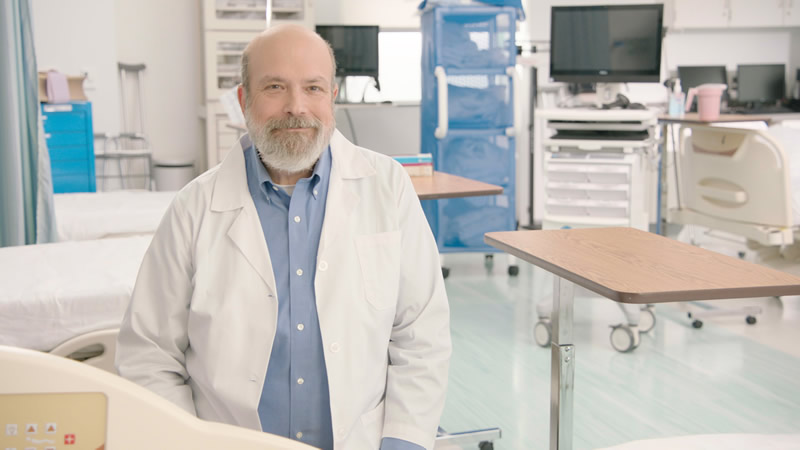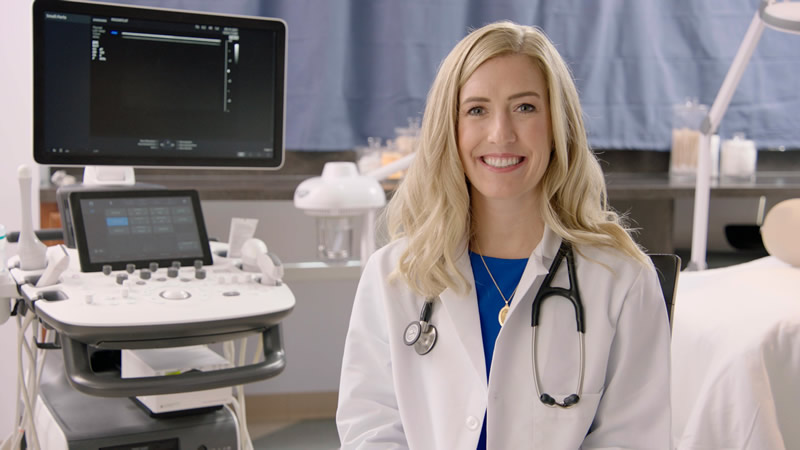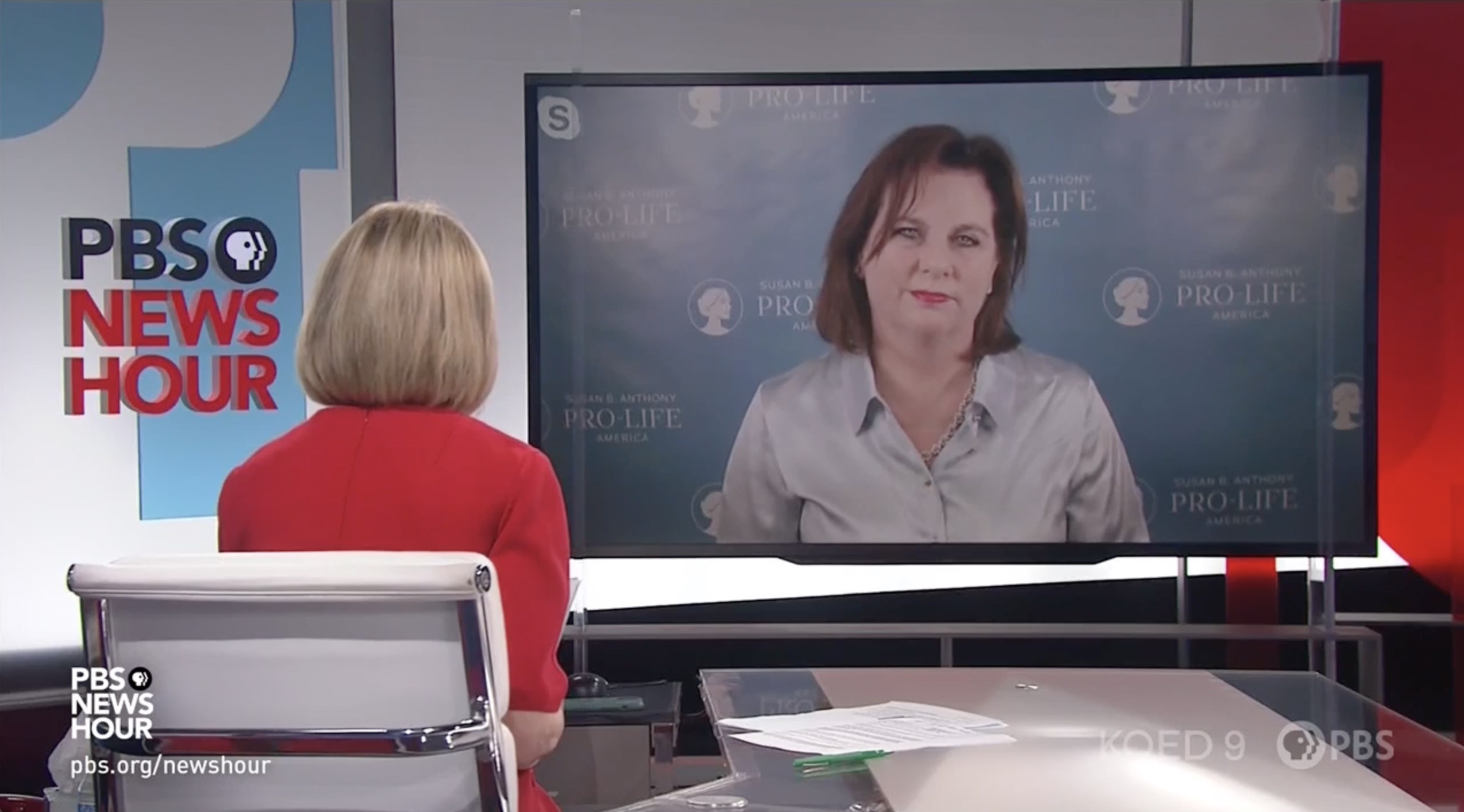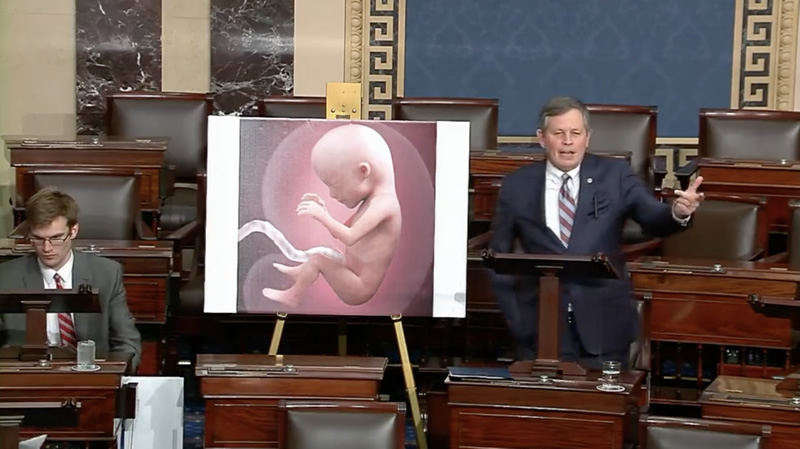The heart pumps 26 quarts of blood per day
The unborn baby’s circulatory system pumps about 26 quarts of blood per day at 15 weeks’ gestation. For comparison, an adult heart pumps 6,000 quarts of blood each day.
The heart has already beat approximately 15,800,000 times
By 22 days after fertilization (about five weeks’ gestation), the heart starts beating. The heart beats about 54 million times between conception and birth. The fetal heart rate is quite variable. It rises from 98 beats per minute at 6 weeks’ gestation to 175 beats per minute at 9 weeks’ gestation, and often slows over the next several months. By 15 weeks' gestation, the unborn baby's heart has already beat approximately 15,800,000 times.
All of the major organs have formed
Immediately upon fertilization, a human being has a unique set of genes encoded by his or her sequence of DNA packaged into 46 chromosomes. These genes determine the physical traits of the baby, such as eye color, hair texture, and gender. These genes also contain the blueprint that ensures that eyes develop on the front of the face, that bones develop inside the body, and that ears connect to the brain so that people can perceive the sounds they hear. Every system in the body forms according to a pattern of genes.
During an individual’s first three weeks of life, this pattern of genes forms the body’s structure. The single cell starts dividing, and each proceeding cell continues dividing, about once every eight hours or so. Thus, the embryo grows at an exponential rate! During the first week, the embryo travels to the uterus and embeds into the uterine wall in a multi-day process called implantation. Amazingly, even before implantation, the embryo releases chemicals forming a biochemical connection with his mother. Tissues interact to form the placenta and umbilical cord, which are nature’s greatest life support system for the developing human.
In the third week, chemical gradients formed by the mother’s body and the embryo itself help the embryo develop a body plan. While during the first week, each embryonic cell could become any of the 4,500 different types of cells in a human body, now each cell starts to specialize based on its position. Some cells receive chemical messages to become skin and nerve cells while others receive messages to become part of the lungs or intestines. Each of these cells continues to specialize based on the other cells around them, and every piece of the intricate body plan falls into place. In fact, almost every organ and tissue forms within the first eight weeks after conception. The rest of the pregnancy is spent growing these organs larger and more mature to prepare for life outside the womb.
By 15 weeks of pregnancy, every major organ has grown and most are functional. The kidneys filter toxins out of the fetal bloodstream and the stomach and pancreas produce digestive enzymes. Peristalsis, the contractions in the intestines that propel food through the digestive system, starts eight weeks after conception and does not stop until death. Similarly, the heart moves blood through the embryo and fetus, which started just 22 days after conception with the first heartbeat and will not stop until death. Nerves have connected to skin and muscle so that the embryo can move away from things that touch him starting five-and-a-half weeks after conception. The major system that develops latest is the lungs. While the lobes of the lung and the airways are in place at 15 weeks’ gestation, the alveoli, where gases are exchanged with blood, need time to grow. Although the fetus practices breathing in the womb starting eight weeks after conception, the baby’s lungs still need more time to mature before the fetus is ready for life outside the womb.
Each finger moves separately
Starting at 10-and-a-half weeks’ gestation, when something touches the fetus’s hand, he starts to close his fingers. Typically, the fetus moves all of his fingers together, except the thumb. Over the next few weeks, he starts to bend his fingers more deeply and move his thumb, as if he were grasping an object. By 15 weeks’ gestation, the fetus moves each finger separately and spontaneously explores his environment with his fingers. By 16 weeks, he will have a weak but effective grasp that will become so strong that by 27 weeks’ gestation he will be able to support his own body weight momentarily by grasping!
The fetus has a preference for sucking his left or right thumb
As early as 10 weeks’ gestation, it is possible to determine whether the unborn child is left-handed or right-handed by studying ultrasounds. About 85% of fetuses prefer moving their right hand over their left hand, and about 85% of adults prefer their right hand, too. When examining the same children over time, almost every fetus that preferred sucking his or her right thumb remained right-handed, but only a few of the fetuses that sucked their left thumbs in their mother’s womb changed preference and were right-handed by the age of 10.
When scientists studied fetal movements at 14 weeks’ gestation, they found that the fetus has goal-directed movements toward her own eyes and mouth as well as the uterine wall. Furthermore, if the fetus has a twin, some of her movements will be directed towards the twin as well. Additionally, the fetus moves more gently when reaching towards her twin’s face. Similarly, by 18 weeks’ gestation, the fetus will reach for her eyes and mouth faster and with greater precision when she uses her dominant hand.
The entire body responds to touch
By 15 weeks’ gestation, the fetus responds to light touches all over the body except the buttocks and the inside of the thigh. Mostly, the fetus moves away from the light touch, but when something touches the sole of foot, the palm of the hand, or the mouth region, it elicits different reflexes. When something touches the bottom of the foot, the fetus will curl his or her toes at 15 weeks’ gestation, just like the adult reflex. This is particularly interesting because newborns have an opposite reflex where they fan their toes up and outward, called the Babinski reflex. Additionally, when something touches the palm of the fetus’s hand, the fetus will bend his or her fingers as if to grasp the object. Amazingly, when something touches the fetus’s mouth area, the fetus will turn his or her head towards the object as if to prepare for nursing.
The fetus responds to taste
After the mother eats, flavors from her food seep into the amniotic fluid, with the flavors peaking about 45 minutes after she eats. These flavors help train the fetus to enjoy food from the mother’s food culture; however, the fetus also has some preferences of his or her own! For example, if the amniotic fluid tastes sweet because of an injection of saccharin, the fetus swallows more amniotic fluid. If the amniotic fluid tastes bitter, the fetus swallows less amniotic fluid.
A 15-week-gestation fetus has plenty of tastebuds on his or her tongue, and these have connected with the cranial nerves, allowing the fetus to experience multiple tastes from a young age.
The fetus can feel pain
In order for the fetus to perceive pain, he or she must have functional pain receptors and nerve connection to the brain. Pain receptors develop in the skin between 10- and 17-weeks’ gestational age. The first sensory receptors in the skin form and connect to the spinal cord at six weeks‘ gestation, but these nerves are specific for touch information, not pain. The neurotransmitters specific to pain processing, substance P and enkephalins, also appear early in development at 10-12 weeks’ gestation and 12-14 weeks’ gestation, respectively. The spinal nerves needed to transmit touch and pain information to the thalamus have formed by 15 weeks’ gestation .
As mentioned earlier, the thalamus forms connections with the neurons that will migrate into the cerebral cortex as early as 12 weeks’ gestation, and the thalamus forms connections with the true cerebral cortex after 24 weeks‘ gestation. While some scholars suggest that the cortex is absolutely necessary for the perception of pain, a growing body of research suggests that it is not. For example, one case study has shown that a 55-year-old patient experienced pain even when he had extensive damage in the cortical regions that process pain, and children lacking a cortex often react to pain in ways similar to neurotypical children.
While the cortex may not be fully developed, a number of brain structures that process pain activity including the brainstem, insula, and thalamus, are sufficiently mature to process pain at 15 weeks’ gestation. Sekulic and colleagues state: “Bearing in mind the dominant role of the reticular formation of the brain stem, which is marked by a wide divergence of afferent information, a sense of pain transmitted through it is diffuse and can dominate the overall perception of the fetus.” Furthermore, pain processing appears to develop before the mechanisms that moderate pain signals, so the fetus may experience a greater intensity of pain at 15 weeks’ gestation than an older fetus or child.
Females have most of the eggs that they will ever produce
While the embryo is still developing a full body system around seven weeks’ gestation, some of the embryonic cells that have remained outside the body migrate into the developing ovary or testes. In females, these future egg cells start dividing immediately, until the female fetus has about 7 million eggs around 21 weeks’ gestation. Therefore, the 15-week-gestation fetus likely has millions of egg cells. Most of these cells die; at birth there are only 1 million eggs, and by puberty, only about 300,000 eggs remain. During a woman’s reproductive lifetime, she will only ovulate 300 to 400 of these total eggs.
If a doctor takes an X-ray, the fetus’s skeleton would be visible
The fetal skeleton starts forming from a series of ridges, called somites, along the embryo’s back. These somites develop in the sixth week. Most of the skeleton starts as cartilage, and then special cells called osteoblasts start creating the hard bone tissue. In a single long bone, the middle of the bone starts to harden first, and the ends keep growing longer and longer as cartilage. By 15 weeks’ gestation, much of the unborn baby’s skeleton has hardened from cartilage into bone.
Eye movements are easily seen in ultrasound recordings
The first recorded eye movements come from the 12th week of gestation. When something touches the upper eyelid, the eyes roll downward and the muscles around the eye “squint”. Sporadic eye movements begin around 14 weeks‘ gestation, and rapid eye movements, such as those seen during sleep, are first detected around 18 weeks’ gestation. Therefore, the 15-week-gestation fetus mostly makes slower and infrequent spontaneous eye movements. The eyelids are fused shut at this age.
Surgeons successfully perform surgery on fetuses at 15 weeks’ gestation
When ultrasound scans reveal structural defects or life-threatening diseases early in the pregnancy, doctors may recommend a prenatal surgery. Recent medical advances have enabled some babies to receive life-saving treatments while still in the womb – long before they are born!
Fetal surgery has proven successful in treating twin-to-twin transfusion syndrome, spina bifida, congenital heart defects, and other disorders. In twin-to-twin transfusion syndrome more blood flows abnormally between identical twins who share one placenta. This jeopardizes the lives of both twins. If left untreated, one or both of the twins may die. Surgeons use a minimally invasive technique, called fetoscopic laser ablation, to disconnect shared blood vessels in the placenta connecting the twins. This surgery has been successfully performed on twins as young as 14 weeks and six days’ gestation. Multiple surgical teams have performed this technique on twins at 15 weeks’ gestation. When performed promptly, fetoscopic laser surgery gives the best outcomes for saving both babies.
Similarly, spina bifida is a severe disorder in which part of the baby’s spinal cord does not close properly. Depending on the location and extent of the damage, spina bifida can cause intellectual and motor impairments, including paralysis of the legs. In the past, surgeons would repair the spinal cord defects in the first few days after birth to try to give the infants the best chance to heal and grow on a normal trajectory. However, doctors discovered that repairing the defect before birth led to better outcomes for the child. In a groundbreaking study from the Children’s Hospital of Philadelphia, treating babies while still in the womb was so effective that the trial was stopped early so that every baby could benefit from the prenatal spinal cord repair. When surgery was performed on fetuses before 26 weeks’ gestation, the children experienced lower rates of death and neurological complications, as well as better mental and motor outcomes. In fact, many of these children could walk independently after the early intervention.
It is interesting to note that in prenatal surgeries, the fetus is anesthetized separately from the mom to create the best outcomes for the surgery. Thus, the medical establishment treats a fetus as a patient with full rights when the mother eagerly wants to keep her child alive.










